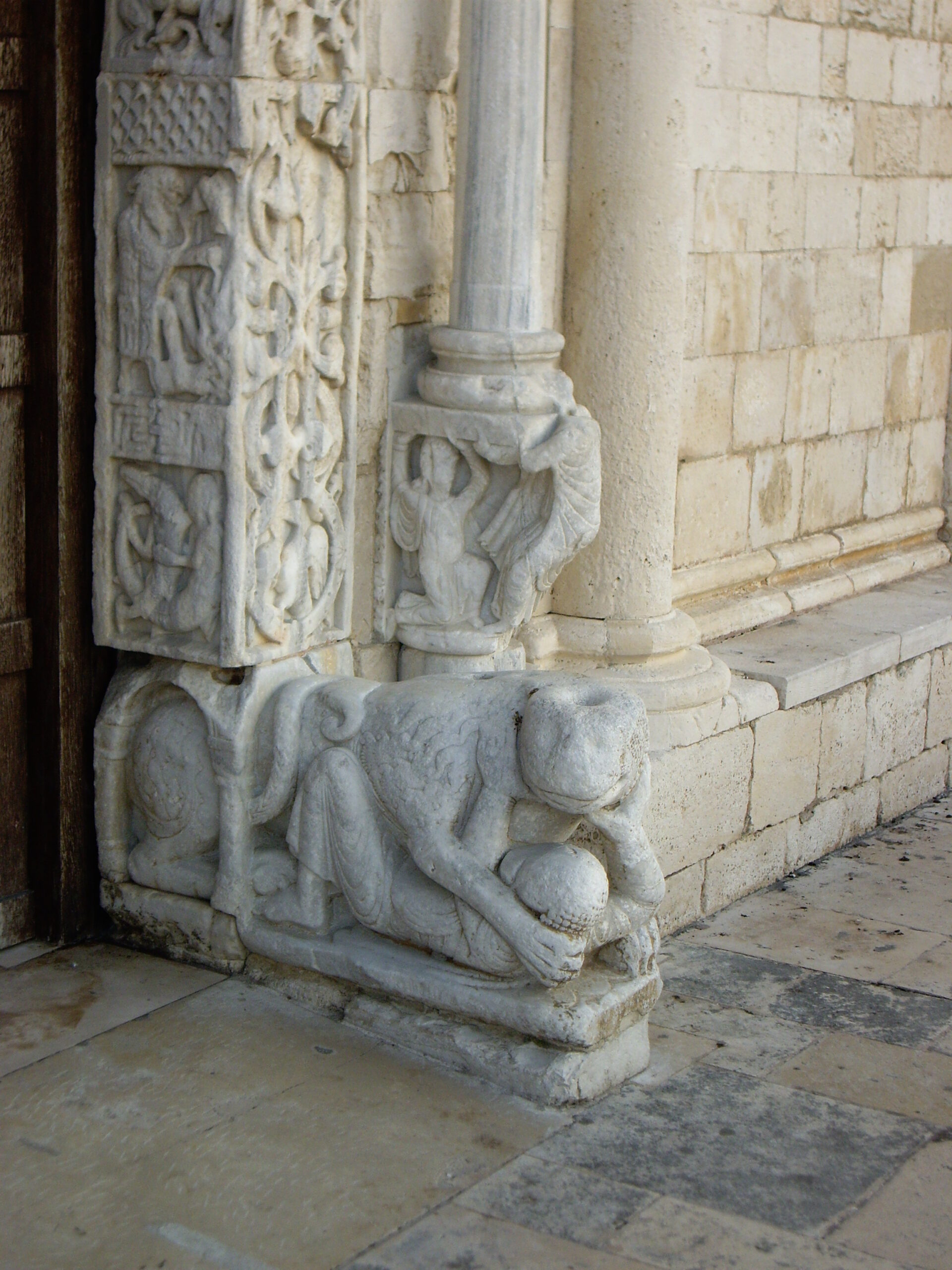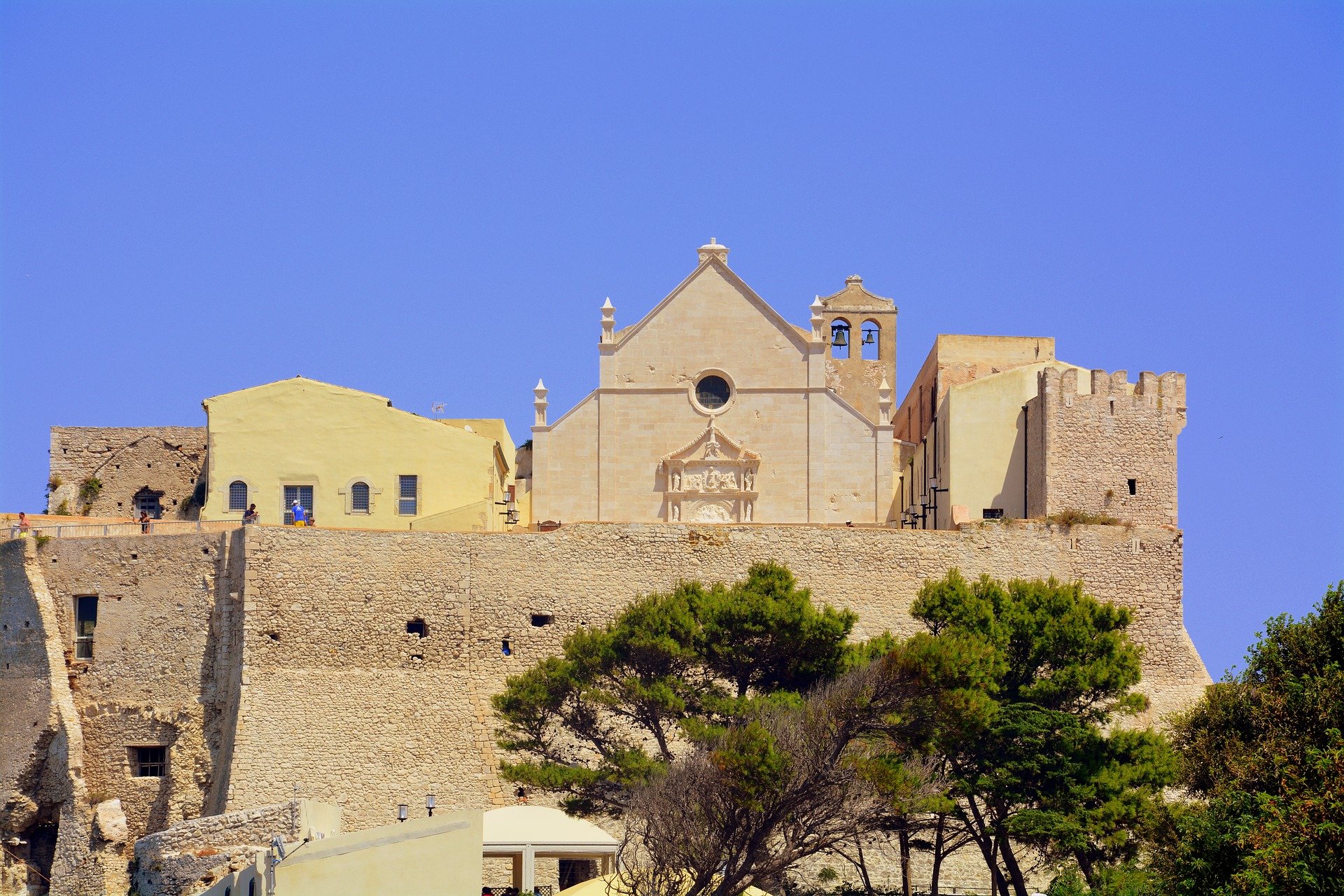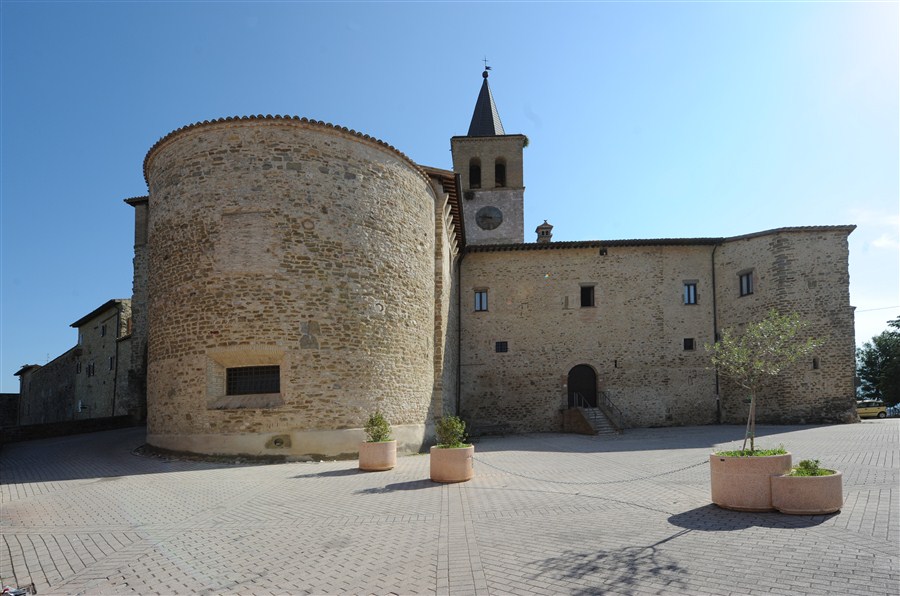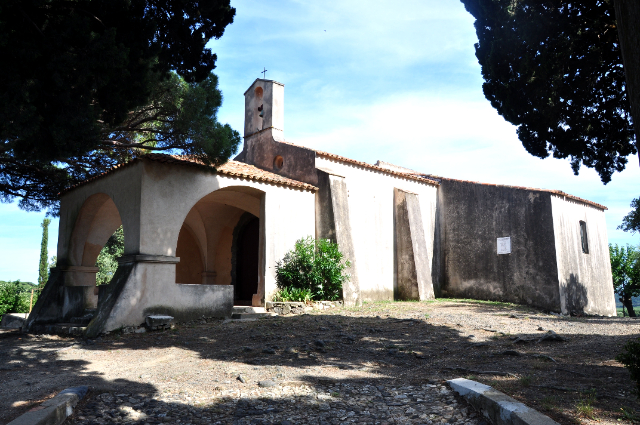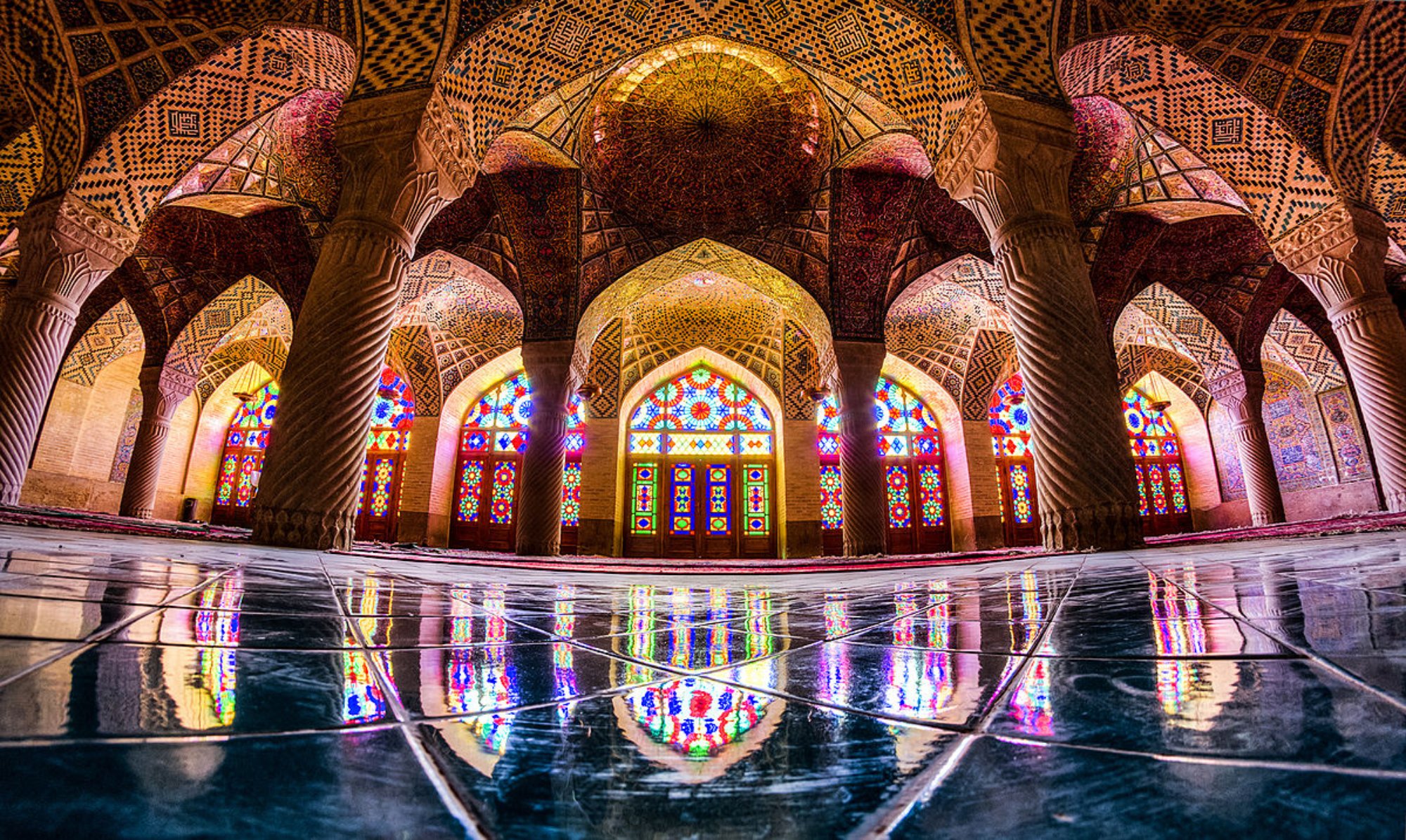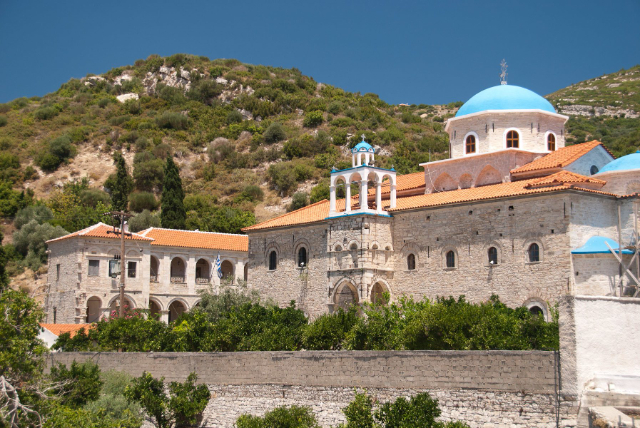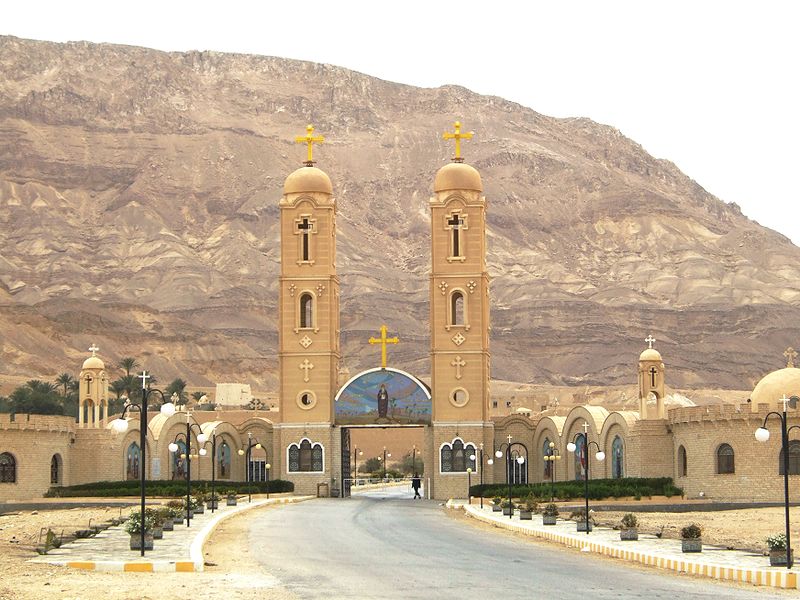splendid example of Apulian Romanesque architecture and stands so close to the sea that it appears to be suspended over the water.
The facade of one of the city’s most important buildings recalls Pisan types and encloses a rose window decorated with zoomorphic figures. A double flight of stairs leads to the bronze portal from 1180, made by the sculptor Barisano da Trani, while the bell tower dominates the building.
The interior is divided into three naves by paired columns. The restrained character of the decorations lends great spirituality to the upper church, from which there is access to the first crypt, the Church of St. Mary, which preserves sections of the ancient mosaic pavement.
A staircase leads to the second crypt, dedicated to St. Nicholas Pellegrino, where the saint’s remains are preserved. Also on the lower level is the hypogeum of San Leucio, excavated below sea level.
Legend has it that St. Nicholas Pellegrino, from the monastery of St. Luke in Phocis, landed in Trani after traveling through Greece and Dalmatia. At only 18 years old, at the exhaustion of his strength, the pilgrim died in Trani, and as a result of the miracles that occurred after his death, the archbishop of Byzantium proclaimed him a saint. After his canonization, he decided in 1099 to build a church in his honor on the ruins of the Church of Santa Maria della Scala.
Built of local limestone tuff, the Cathedral is a splendid example of Apulian Romanesque, unique in that it is a double church, equipped with a magnificent crypt where the remains of St. Nicholas Pellegrino are kept. The upper church, completed in the 13th century, has a basilica plan and three naves, with semicircular apses of such soaring proportions as to recall Nordic buildings. The use of the pointed arch under the bell tower is an unusual architectural solution that gives even more lightness to the building.
